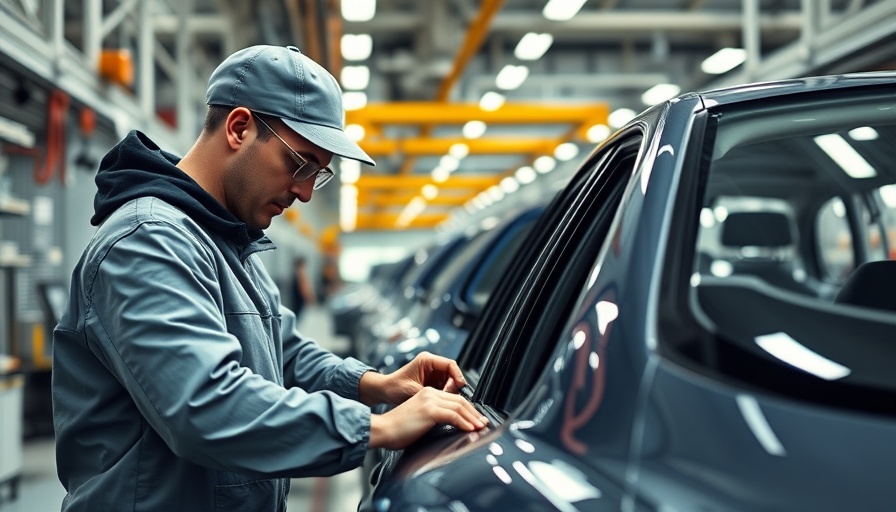
Ford's $5 Billion EV Investment: A Game-Changer for Affordable Trucks
Ford Motor Company is taking bold steps to revolutionize the electric vehicle (EV) market in the United States with a staggering $5 billion investment aimed at creating a new breed of midsize electric pickup trucks priced starting around $30,000. This ambitious plan involves significant manufacturing changes that echo the transformative practices of the past, reminiscent of the iconic Model T assembly.
Reimagining Production: The Future of EV Assembly
At the heart of Ford's strategy is the introduction of an assembly method dubbed the "assembly tree," moving away from the traditional moving assembly line. This innovative approach entails assembling the vehicle in three parts that converge towards the end of the production process. The benefits are manifold: reduced production time, decreased labor intensity, and significant cost savings. This marks a pivotal shift in how vehicles will be produced, steering the industry towards greater efficiency.
The Green Shift: Affordable and Sustainable EVs
Ford's CEO, Jim Farley, has emphasized a strategic pivot to prioritize affordability and sustainability without sacrificing performance—a refreshing change from the relentless race for greater range or luxury that has dominated the EV landscape. With production taking place at Ford’s BlueOval Battery Park in Michigan and its manufacturing facility in Louisville, Kentucky, the company aims to highlight the significance of U.S.-based production in a globalized automotive market.
Battery Innovation: Empowering the Electric Revolution
The upcoming electric truck will use prismatic lithium-iron-phosphate (LFP) batteries, a more economical alternative to conventional lithium-ion batteries, which are often dependent on rare and pricey materials like cobalt and nickel. This novel battery design not only helps in reducing costs but also enhances the overall structure of the vehicle, fundamentally transforming its architecture.
Job Creation: A Boon for American Workers
Ford's initiative is expected to create approximately 4,000 jobs across both production sites, signifying a robust commitment to the American workforce. However, the integration of automation means some roles may transition or phase out, raising questions about the future of labor in the automotive sector. As an industry that has historically been a cornerstone of American manufacturing, this investment may play a crucial role in redefining job structures as technology continues to evolve.
A Market Shift Towards Practicality
This endeavor illustrates Ford’s commitment not only to EV production but also to meeting the everyday needs of American consumers. By targeting a competitive price point, Ford aims to make electric trucks accessible for the average buyer. This could potentially reshape the conversation around EVs, emphasizing value and practicality over luxury—a crucial consideration as we advance towards a more sustainable transportation future.
Looking Ahead: The Future of Electric Trucks
As Ford takes steps to rollout this new electric pickup, powered by domestically produced batteries, it may signal a turning point in the automotive industry. With a sharper focus on affordability and efficiency, Ford is not merely joining the EV market but is set to redefine its contours. The brand’s vision could lead to the electric truck becoming a mainstream option for a wider demographic.
In today’s fast-evolving automotive landscape, Ford’s innovative approach could inspire other automobile manufacturers to adopt similar models of production, pushing the entire sector towards greater sustainability. As electric alternatives continue to progress, the emerging generation of drivers may find themselves pivoting toward EVs that not only meet their specific needs but also align with their environmental values.
Ultimately, if Ford succeeds in executing this ambitious plan, it could catalyze a broader movement within the automotive industry, positioning the company as a leader in the affordable electric vehicle space. For consumers and investors alike, this investment may well represent a significant moment of change, signaling both reliability and innovation, traits that are essential in a world increasingly geared towards sustainability.
 Add Row
Add Row  Add
Add 




Write A Comment